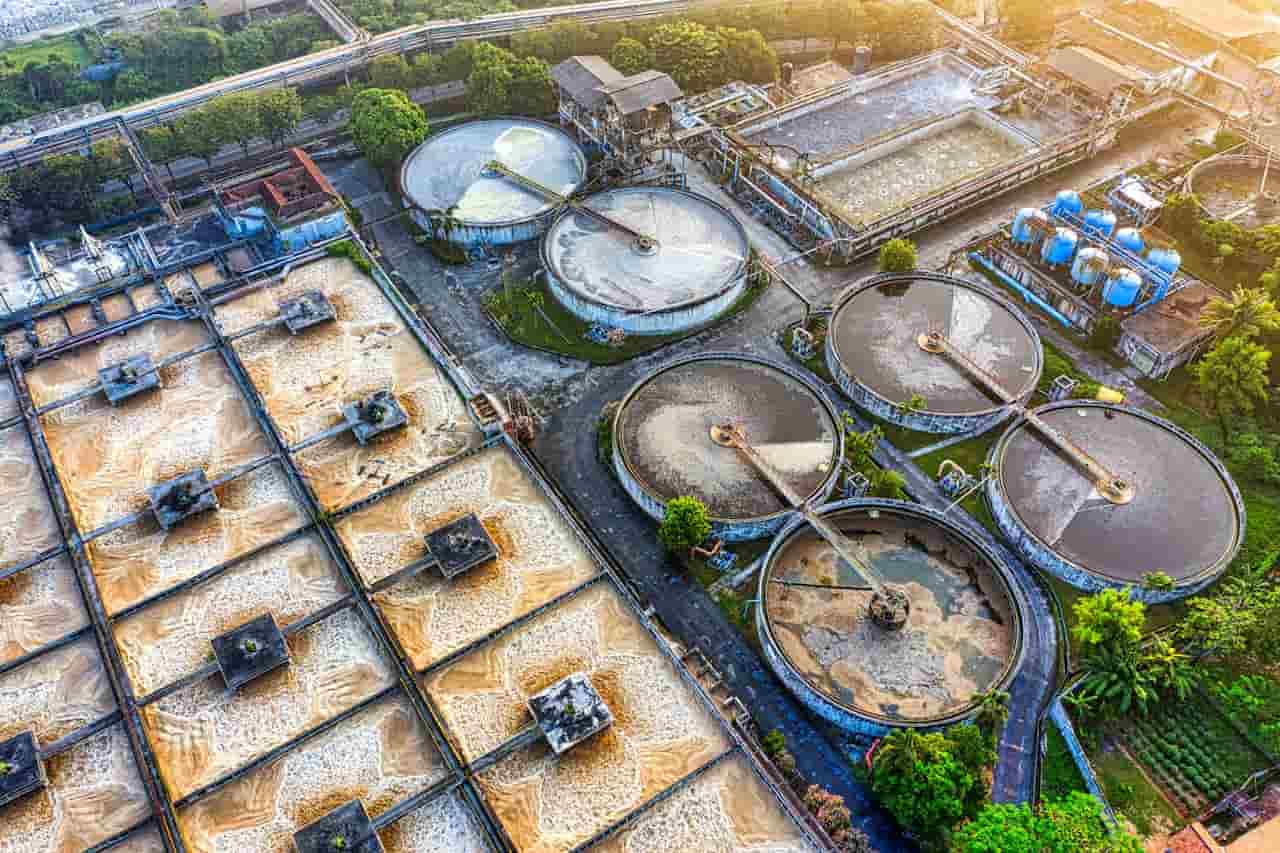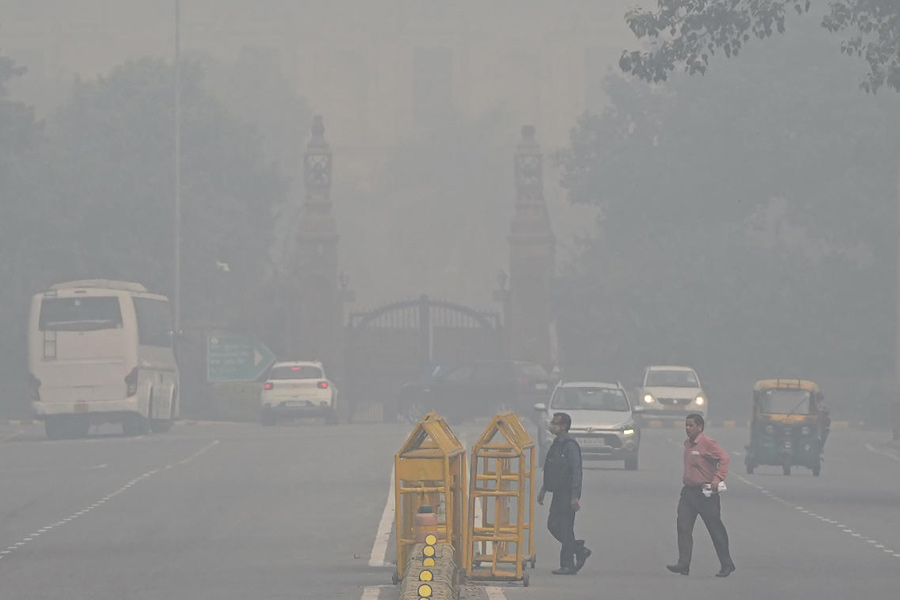Home / chemical / Chemical Reaction Triggers Massive Fire at Georgia Lab: CSB Investigation Report Highlights Safety Concerns
Chemical Reaction Triggers Massive Fire at Georgia Lab: CSB Investigation Report Highlights Safety Concerns
By: My India Times
4 minutes read 102Updated At: 2024-11-27
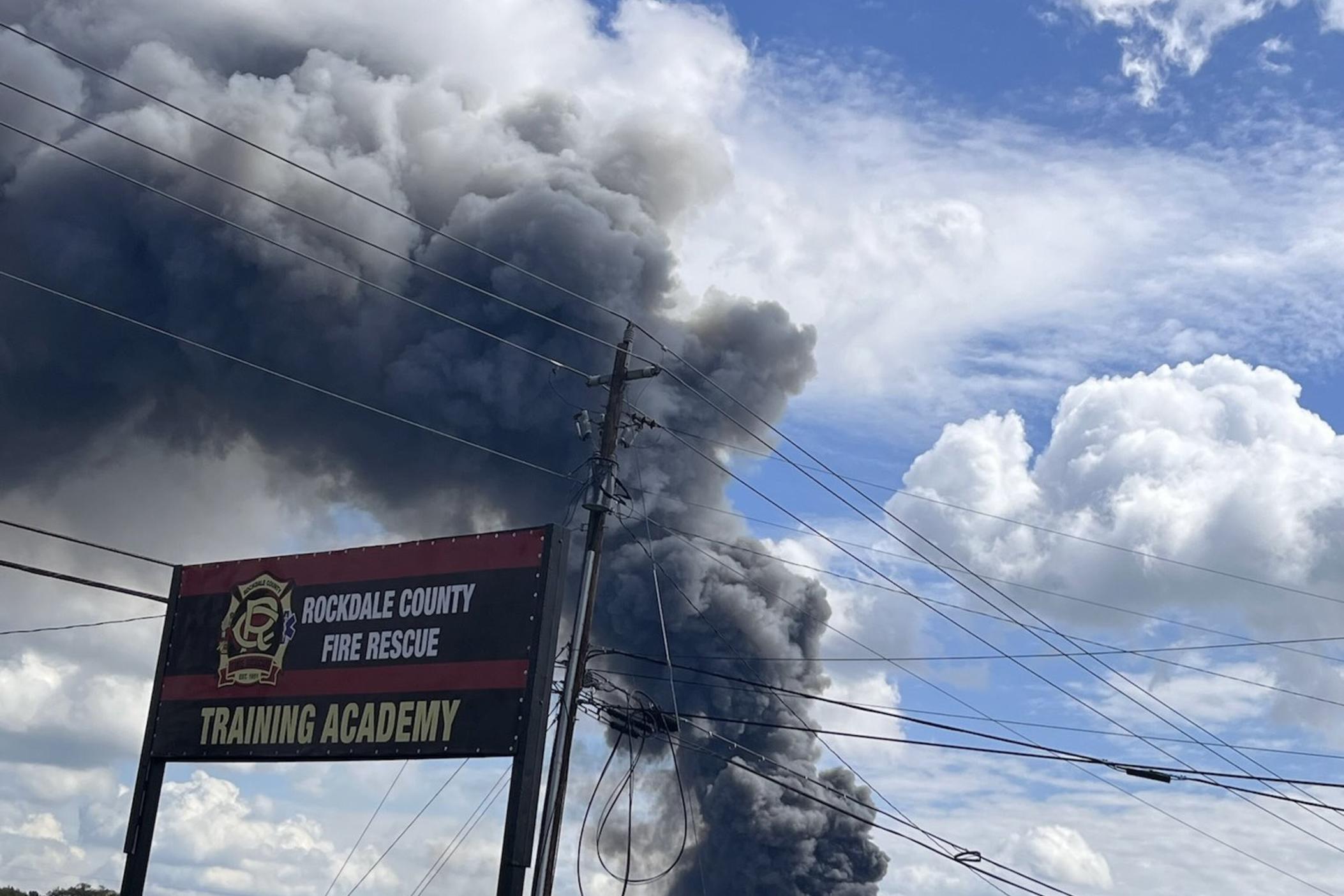
A devastating chemical fire at a laboratory in Conyers Georgia sent shockwaves through nearby communities and the metropolitan Atlanta area in late September. the America. Chemical Safety Board (CSB) has now released its investigative report shedding light on the root cause of the incident and its widespread implications. the burn which occurred astatine the bio lab can was caused by amp chemic Answer that free dangerous exhaust and triggered amp big hell
What Happened at the Biolab Facility?
The incident occurred on September 29 2024 at around 5 a.m. when a Biolab employee on fire watch duty Finded an unusual "popping sound" emanating from one of the warehouse sections. Shortly thereafter, virulent vapors began to spread through the can. The rapid escalation of events prompted the employee to contact eCombinency services immediately. The BioLab plant operated by KIK Consumer Products produces chlorine-based cleaning and pool maintenance products including those under the Clorox brand. these products affect the store of extremely sensitive chemicals which finally played amp home Role inch the calamity
Chemicals Involved in the Fire
The CSB’s investigation pinpointed three primary substances involved in the fire:
Bromochloro-5,5-dimethylimidazolidine-2,4-dione (BCDMH): Commonly used as a disinfectant in pool-cleaning products.
Trichloroisocyanuric acid (TCCA): A widely used bleaching and sanitizing agent.
Sodium dichloroisocyanurate (DCCA): A chlorine compound frequently utilized for disinfection purposes.
According to the report these chemicals were stored in the warehouse under conditions that allowed them to overheat. The heat generated triggered a chemical breakdown, releasing toxic gases such as chlorine and other hazardous substances. The accumulation of gases and subsequent ignition resulted in a massive fire that engulfed the facility.
The Impact on Surrounding Communities
The fire caused significant offsite impacts with massive plumes of toxic smoke spreading into the surrounding areas. the grass controlled cl and different insidious substances creating health risks for residents inch close communities and on the far side. Authorities Promptly Problemd evacuation orders and advised residents to stay indoors to minimize exposure. The incident also disrupted transportation and business operations in the region. pinch reaction teams worked indefatigably to bear the burn which tempered for respective hours ahead existence brought the low check. The smoke hazardous nature raised concerns about long-term environmental and health impacts in the affected areas.
Lessons Learned: The Importance of Chemical Safety
The CSB report highlighted critical safety lapses that contributed to the incident. Improper storage and inadequate monitoring of reactive chemicals were identified as key factors. The findings emphasize the importance of rigorous safety protocols in facilities that handle hazardous materials.
Key Recommendations from the CSB
Improved Storage Practices: Chemicals like TCCA and DCCA must be stored under controlled conditions to prevent overheating and reactions.
Enhanced Monitoring Systems: Facilities should employ advanced systems to detect heat buildup or unusual chemical activity.
Emergency Preparedness: Companies must develop robust emergency response plans to mitigate risks and protect employees and surrounding communities.
Regular Safety Audits: Conducting frequent audits can help identify and address potential hazards before they escalate into emergencies.
Calls for Stricter Oversight
The Biolab fire has reignited discussions around industrial safety standards, particularly for facilities that store and handle hazardous chemicals. Community leaders and environmental groups are calling for stricter regulations to ensure public safety. They argue that comprehensive oversight and enforcement are essential to prevent similar incidents in the future.
Residents affected by the fire are also urging authorities to hold companies accountable for safety violations. “We deserve to live in a community where our health and safety are prioritized,†said one local resident during a public meeting following the incident.
Environmental Concerns and Cleanup Efforts
as well as the immediate health risks the fire raised concerns about potential environmental damage. the Problem of cl and different virulent substances into the line might bear long personal effects along line character and community ecosystems. Cleanup efforts are underway to assess and address any contamination caused by the fire The Environmental Protection Agency (EPA) and state agencies are collaborating with Biolab and KIK Consumer Products to ensure proper remediation. first reports advise that the peripheral has delineated care to the broader effect of dangerous matter direction inch developed facilities broad
Looking Ahead: Preventing Future Incidents
The biolab fire serves as a sobering reminder of the risks associated with handling reactive chemicals. For industries reliant on such substances, the incident underscores the need for continuous improvement in safety measures and emergency preparedness.
The CSB’s findings are expected to influence policy changes and inspire stricter safety guidelines across the chemical manufacturing sector. Companies must take proactive steps to prioritize safety and minimize risks, protecting both their employees and the communities in which they operate.
Conclusion
The chemical fire at the Biolab facility in Georgia was a preventable tragedy that highlighted critical gaps in industrial safety practices. As the community recovers and authorities implement corrective measures, the incident offers valuable lessons for industries handling hazardous materials. Stricter oversight, improved safety protocols, and robust emergency planning are essential to preventing similar disasters in the future.
....A devastating chemical fire at a laboratory in Conyers Georgia sent shockwaves through nearby communities and the metropolitan Atlanta area in late September. the America. Chemical Safety Board (CSB) has now released its investigative report shedding light on the root cause of the incident and its widespread implications. the burn which occurred astatine the bio lab can was caused by amp chemic Answer that free dangerous exhaust and triggered amp big hell
What Happened at the Biolab Facility?
The incident occurred on September 29 2024 at around 5 a.m. when a Biolab employee on fire watch duty Finded an unusual "popping sound" emanating from one of the warehouse sections. Shortly thereafter, virulent vapors began to spread through the can. The rapid escalation of events prompted the employee to contact eCombinency services immediately. The BioLab plant operated by KIK Consumer Products produces chlorine-based cleaning and pool maintenance products including those under the Clorox brand. these products affect the store of extremely sensitive chemicals which finally played amp home Role inch the calamity
Chemicals Involved in the Fire
The CSB’s investigation pinpointed three primary substances involved in the fire:
Bromochloro-5,5-dimethylimidazolidine-2,4-dione (BCDMH): Commonly used as a disinfectant in pool-cleaning products.
Trichloroisocyanuric acid (TCCA): A widely used bleaching and sanitizing agent.
Sodium dichloroisocyanurate (DCCA): A chlorine compound frequently utilized for disinfection purposes.
According to the report these chemicals were stored in the warehouse under conditions that allowed them to overheat. The heat generated triggered a chemical breakdown, releasing toxic gases such as chlorine and other hazardous substances. The accumulation of gases and subsequent ignition resulted in a massive fire that engulfed the facility.
The Impact on Surrounding Communities
The fire caused significant offsite impacts with massive plumes of toxic smoke spreading into the surrounding areas. the grass controlled cl and different insidious substances creating health risks for residents inch close communities and on the far side. Authorities Promptly Problemd evacuation orders and advised residents to stay indoors to minimize exposure. The incident also disrupted transportation and business operations in the region. pinch reaction teams worked indefatigably to bear the burn which tempered for respective hours ahead existence brought the low check. The smoke hazardous nature raised concerns about long-term environmental and health impacts in the affected areas.
Lessons Learned: The Importance of Chemical Safety
The CSB report highlighted critical safety lapses that contributed to the incident. Improper storage and inadequate monitoring of reactive chemicals were identified as key factors. The findings emphasize the importance of rigorous safety protocols in facilities that handle hazardous materials.
Key Recommendations from the CSB
Improved Storage Practices: Chemicals like TCCA and DCCA must be stored under controlled conditions to prevent overheating and reactions.
Enhanced Monitoring Systems: Facilities should employ advanced systems to detect heat buildup or unusual chemical activity.
Emergency Preparedness: Companies must develop robust emergency response plans to mitigate risks and protect employees and surrounding communities.
Regular Safety Audits: Conducting frequent audits can help identify and address potential hazards before they escalate into emergencies.
Calls for Stricter Oversight
The Biolab fire has reignited discussions around industrial safety standards, particularly for facilities that store and handle hazardous chemicals. Community leaders and environmental groups are calling for stricter regulations to ensure public safety. They argue that comprehensive oversight and enforcement are essential to prevent similar incidents in the future.
Residents affected by the fire are also urging authorities to hold companies accountable for safety violations. “We deserve to live in a community where our health and safety are prioritized,†said one local resident during a public meeting following the incident.
Environmental Concerns and Cleanup Efforts
as well as the immediate health risks the fire raised concerns about potential environmental damage. the Problem of cl and different virulent substances into the line might bear long personal effects along line character and community ecosystems. Cleanup efforts are underway to assess and address any contamination caused by the fire The Environmental Protection Agency (EPA) and state agencies are collaborating with Biolab and KIK Consumer Products to ensure proper remediation. first reports advise that the peripheral has delineated care to the broader effect of dangerous matter direction inch developed facilities broad
Looking Ahead: Preventing Future Incidents
The biolab fire serves as a sobering reminder of the risks associated with handling reactive chemicals. For industries reliant on such substances, the incident underscores the need for continuous improvement in safety measures and emergency preparedness.
The CSB’s findings are expected to influence policy changes and inspire stricter safety guidelines across the chemical manufacturing sector. Companies must take proactive steps to prioritize safety and minimize risks, protecting both their employees and the communities in which they operate.
Conclusion
The chemical fire at the Biolab facility in Georgia was a preventable tragedy that highlighted critical gaps in industrial safety practices. As the community recovers and authorities implement corrective measures, the incident offers valuable lessons for industries handling hazardous materials. Stricter oversight, improved safety protocols, and robust emergency planning are essential to preventing similar disasters in the future.
By: My India Times
Updated At: 2024-11-27
Tags: chemical News | My India Times News | Trending News | Travel News
Join our WhatsApp Channel












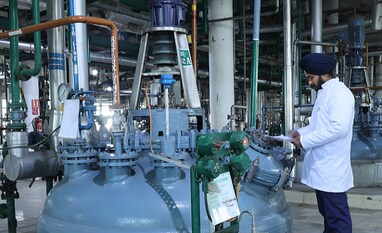
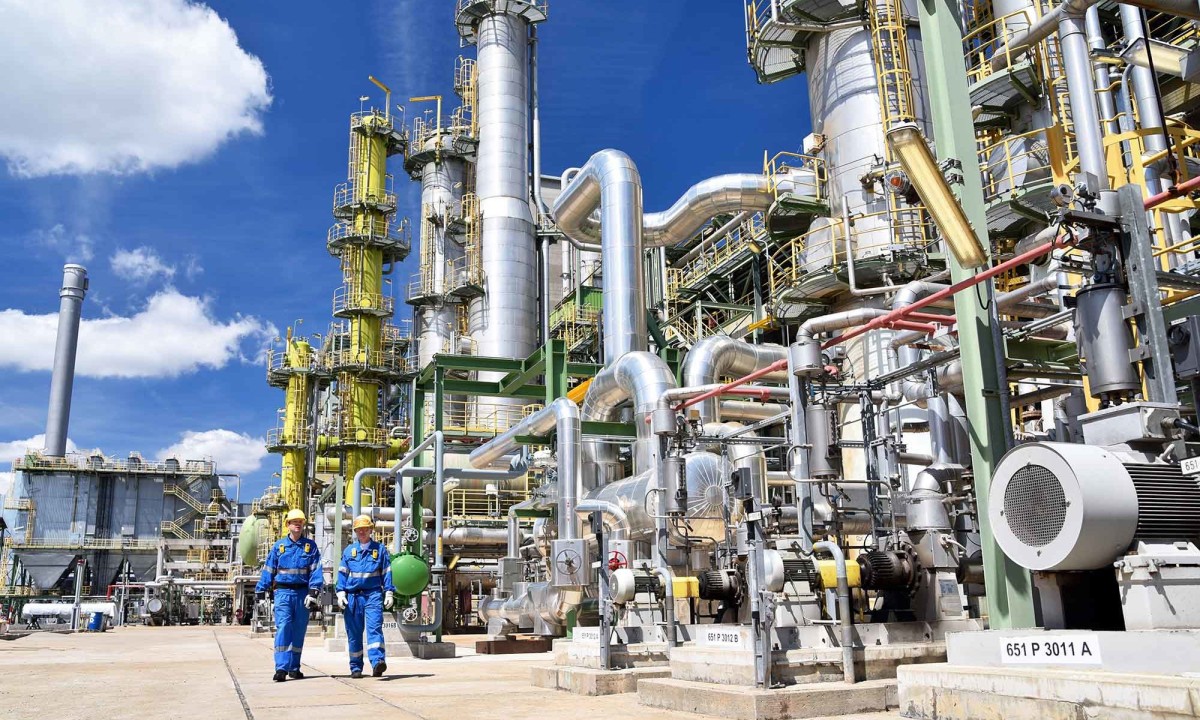
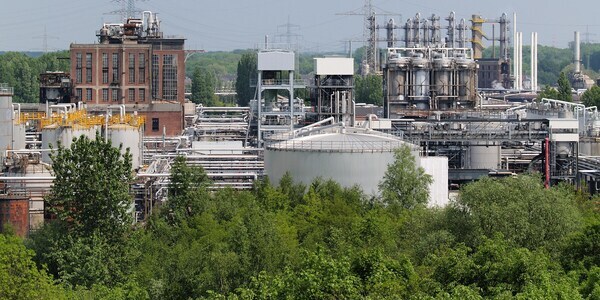



































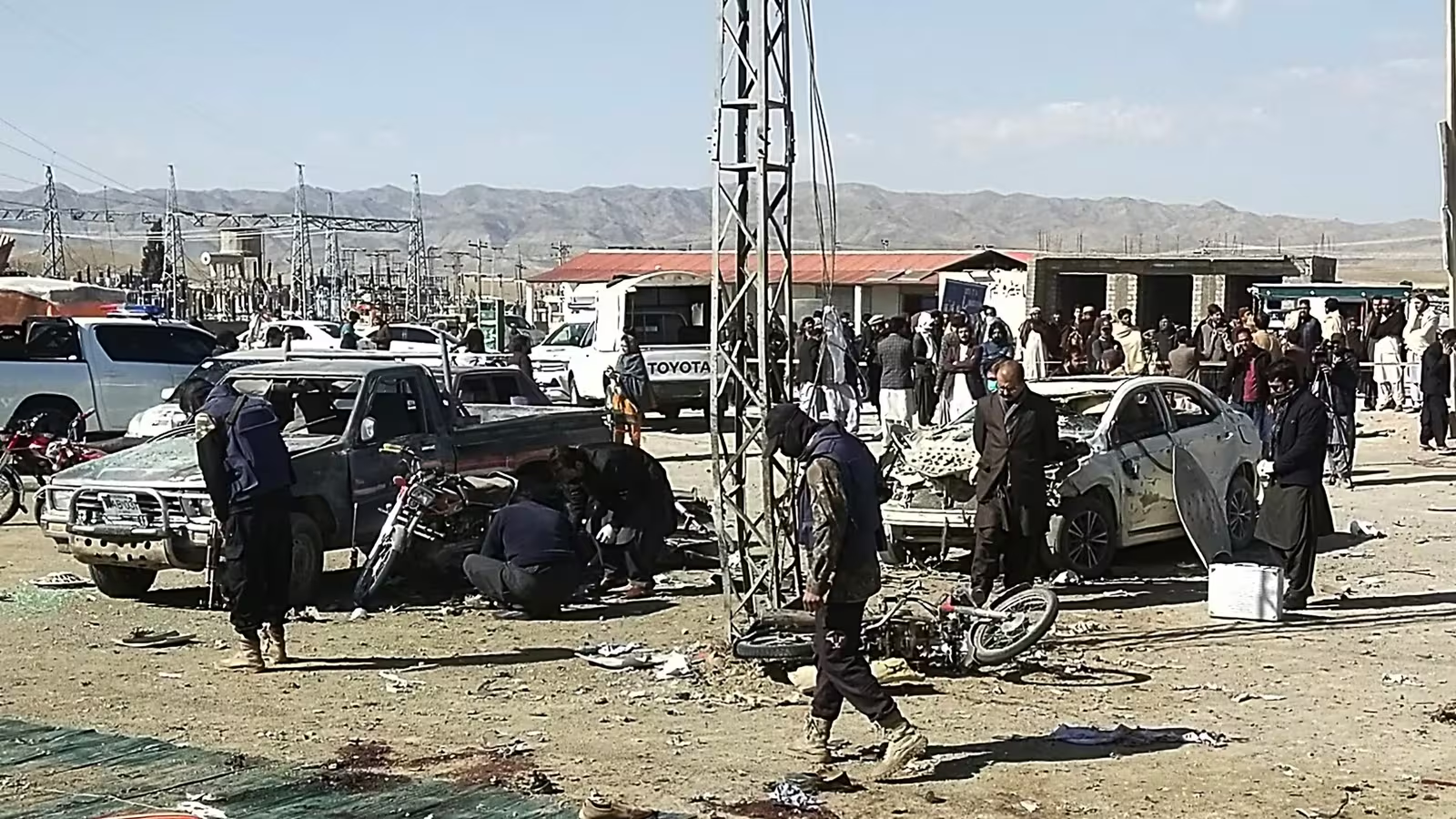




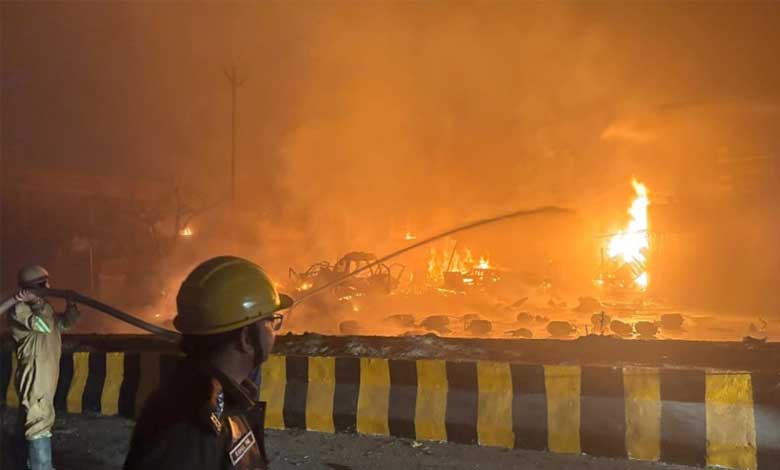



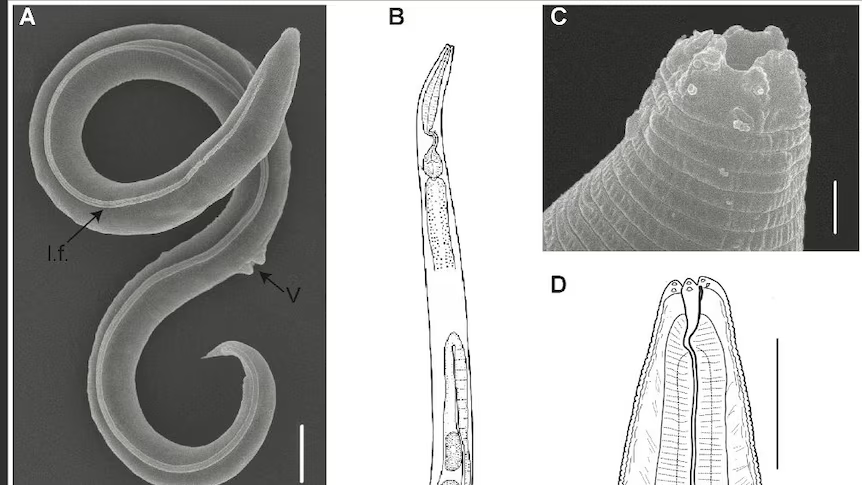








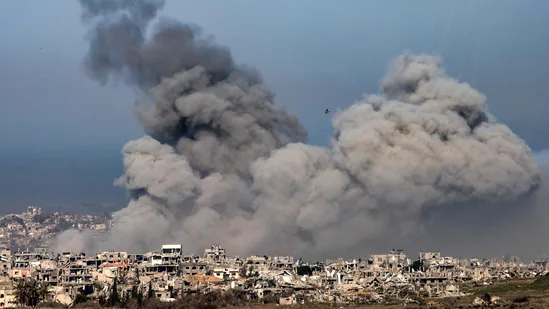




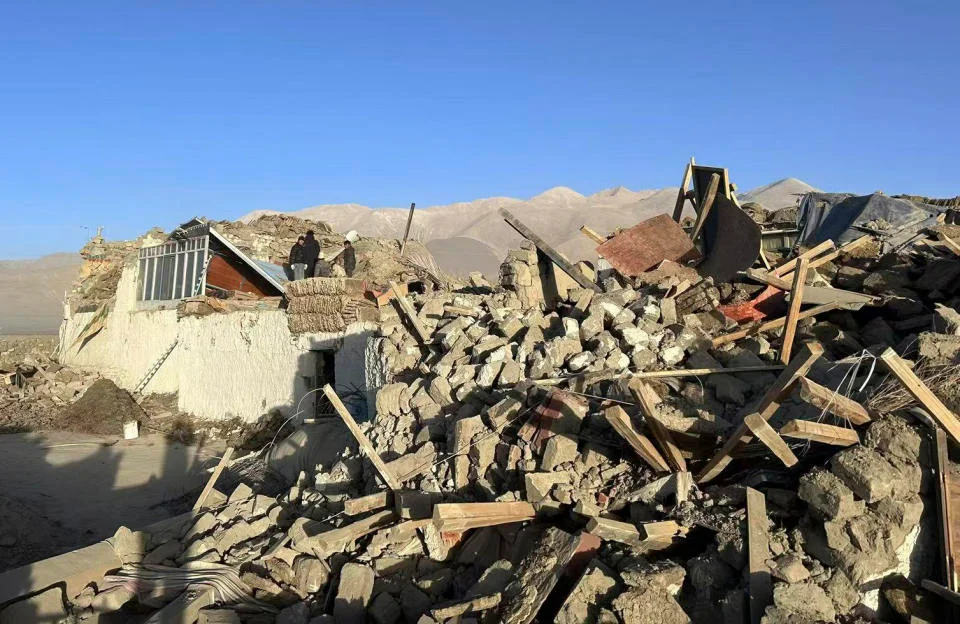








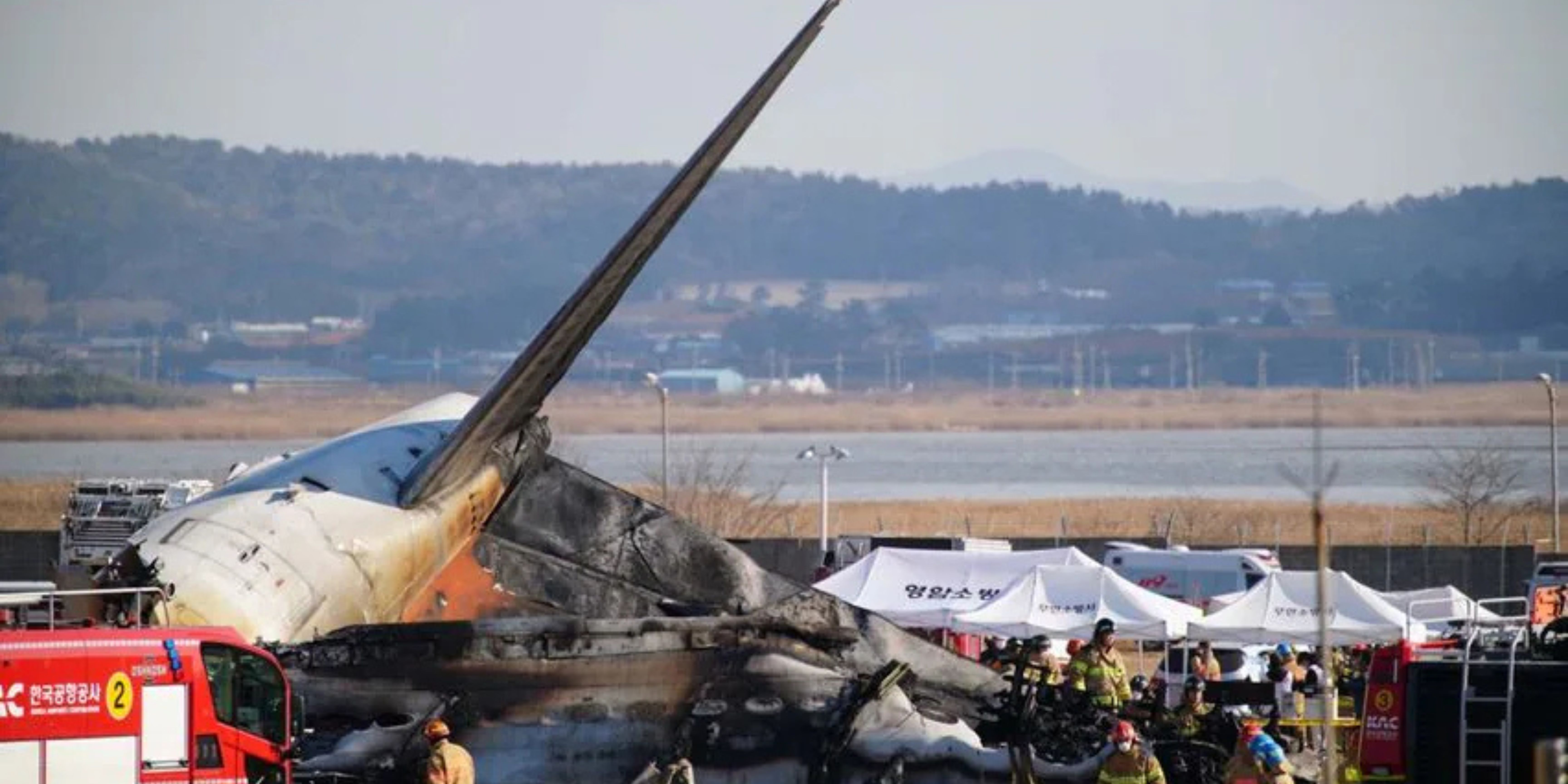













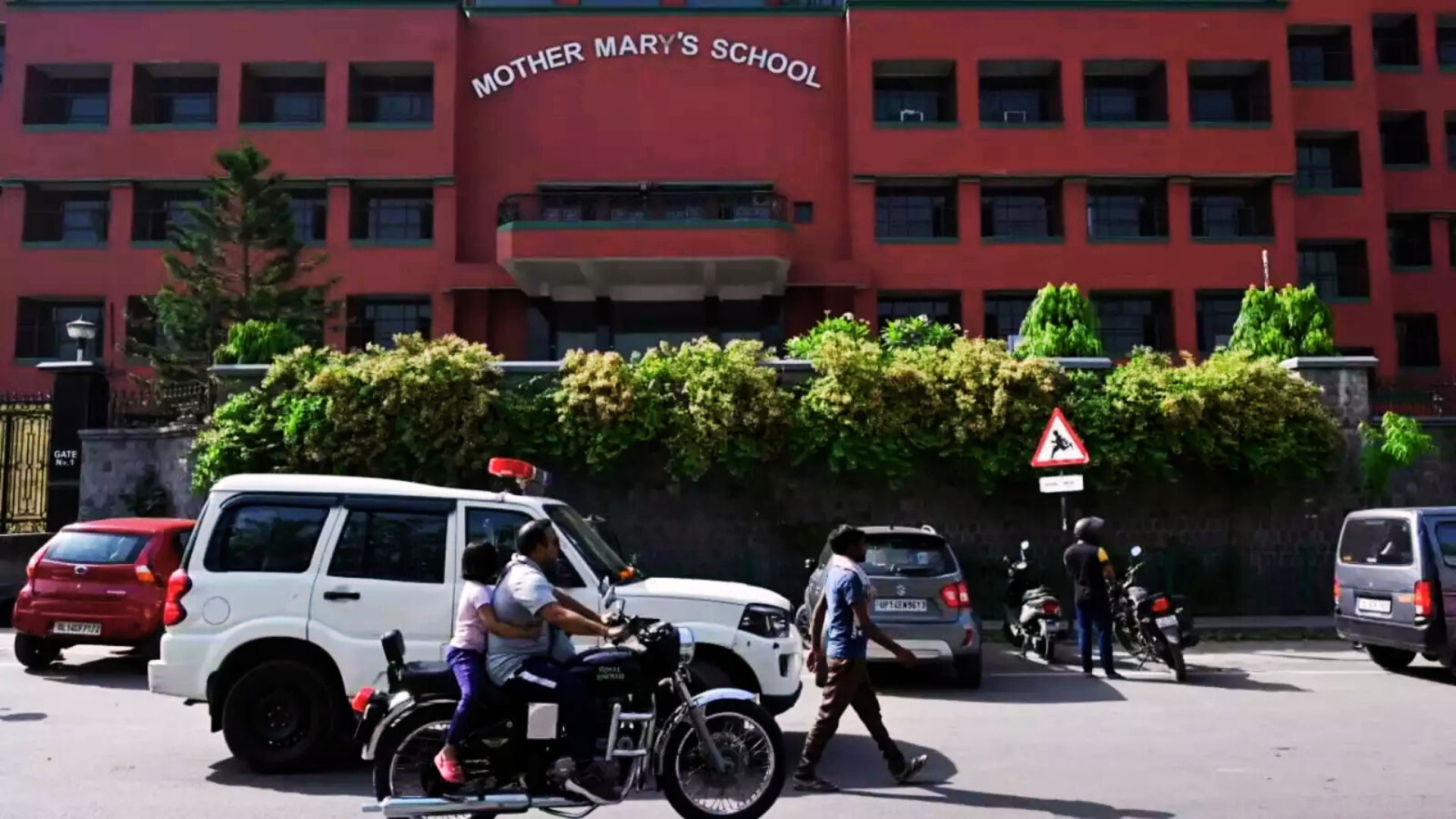









.png)
 (1).png)
